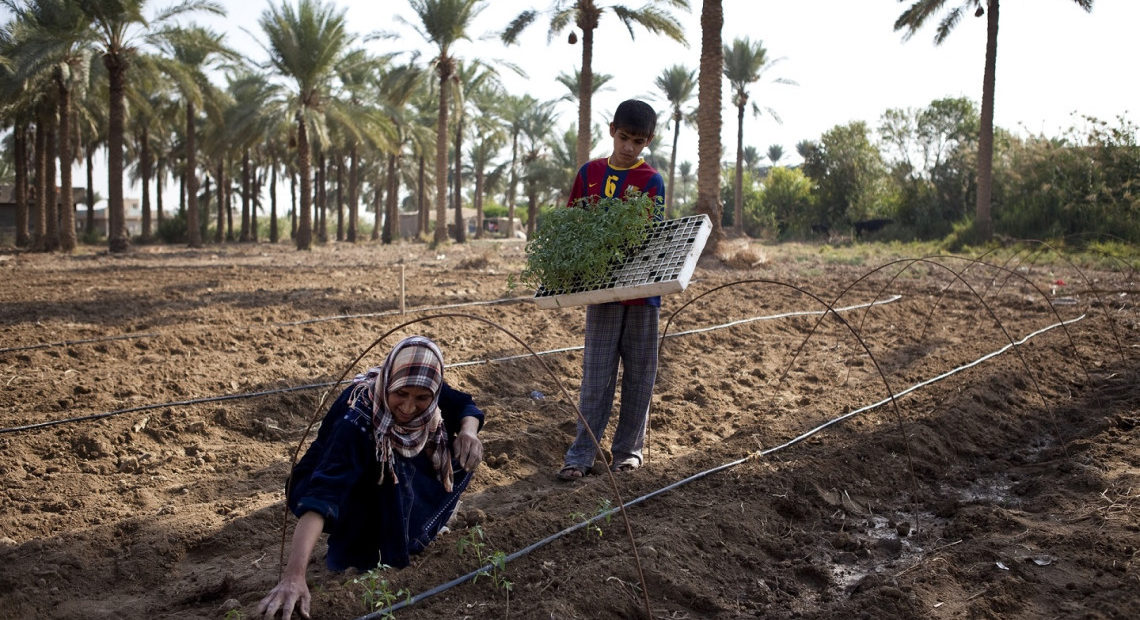Geneva (ICRC) – Climate action in the Near and Middle East remains extremely weak in areas affected by armed conflict, and the most fragile and unstable places are almost entirely excluded from meaningful climate finance, a new report from the International Committee of the Red Cross and the Norwegian Red Cross finds.

Summary of the report
——————————————————————————————————————————–
“Death, injury and destruction are the devastating and well-known effects of armed conflict. Less well known are the challenges residents must endure and overcome because of this terrible combination of conflict, climate change and environmental degradation,” said Fabrizio Carboni, the ICRC’s regional director for the Near and Middle East.
The new report demonstrates how the humanitarian consequences of environmental degradation and climate change are aggravated by armed conflict in the Near and Middle East. Prepared through a partnership between the ICRC and Norwegian Red Cross, with technical assistance from the Red Cross Red Crescent Climate Center, it’s titled: “Making Adaptation Work: Addressing the compounding impacts of climate change, environmental degradation and conflict in the Near and Middle East.”
——————————————————————————————————————————–
Full Report
——————————————————————————————————————————–
“This new report underscores the urgent challenge for policy makers to tackle the region’s climate challenge head-on,” said Anne Bergh, Secretary General of the Norwegian Red Cross. “Current climate finance distributions almost entirely exclude the most fragile and unstable places. It’s clear from a humanitarian perspective that this must change.”
The Ahwar of Southern Iraq – also known as the Iraqi Marshlands – showcase the humanitarian challenges at the intersection of conflict and environmental degradation. In the 1990s the region was dried to punish the opposition, and water levels and quality are now much lower, affecting agriculture and biodiversity.
The family of Abu Laith has lived close to the river for generations. He said it was once so abundant it was cited in poems, and now “it’s just a ditch. The whole area is no longer adapted for living. We are surrounded by landmines and undiscovered human remains of soldiers that passed away during the battles of the 1980s.”
Humanitarian actors have a small but important role to play in enabling climate action, from livelihood diversification and natural resource management, to reinforcing health systems and mobility-based strategies.



Comments